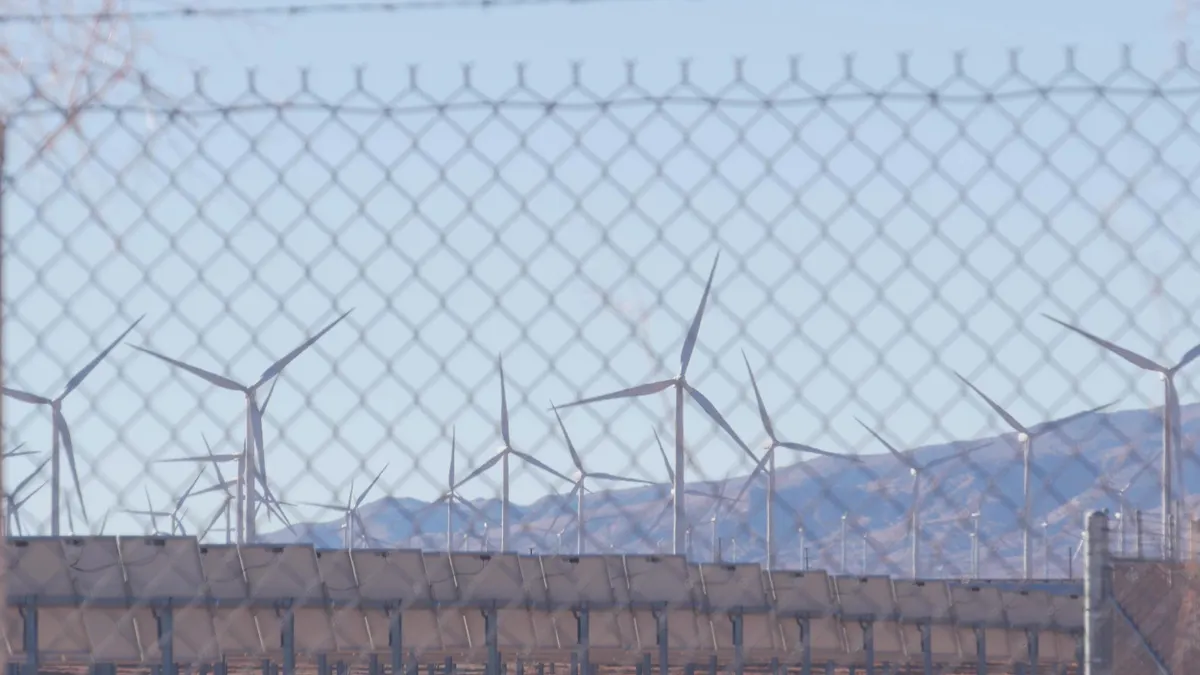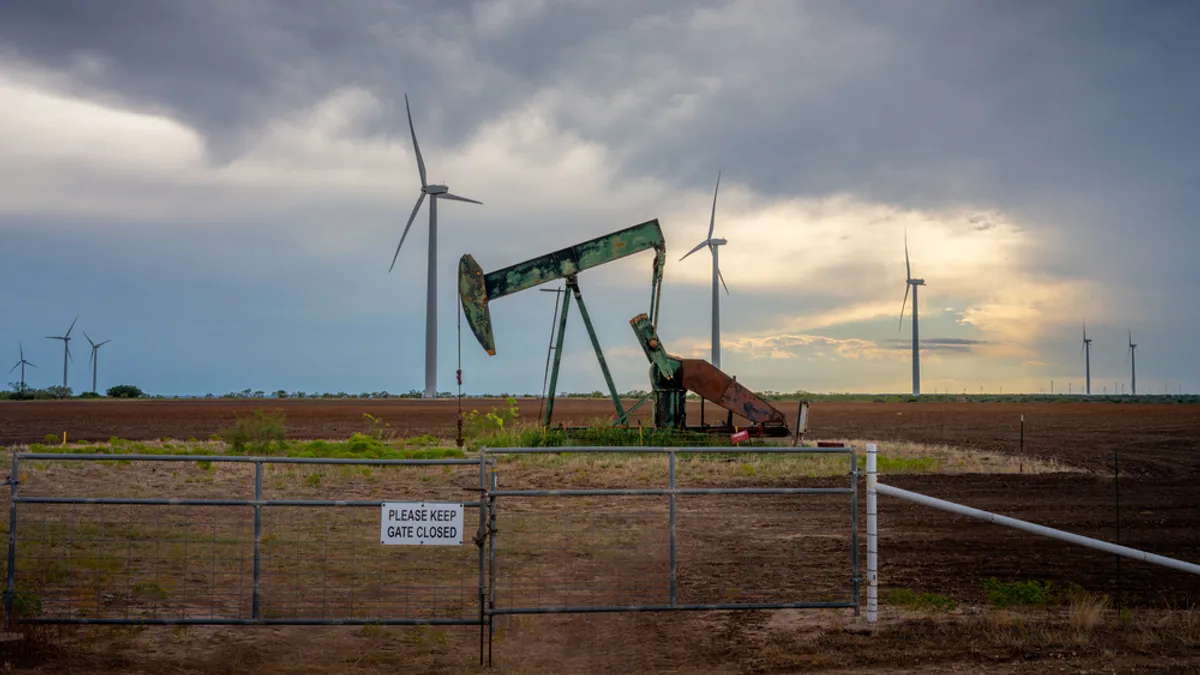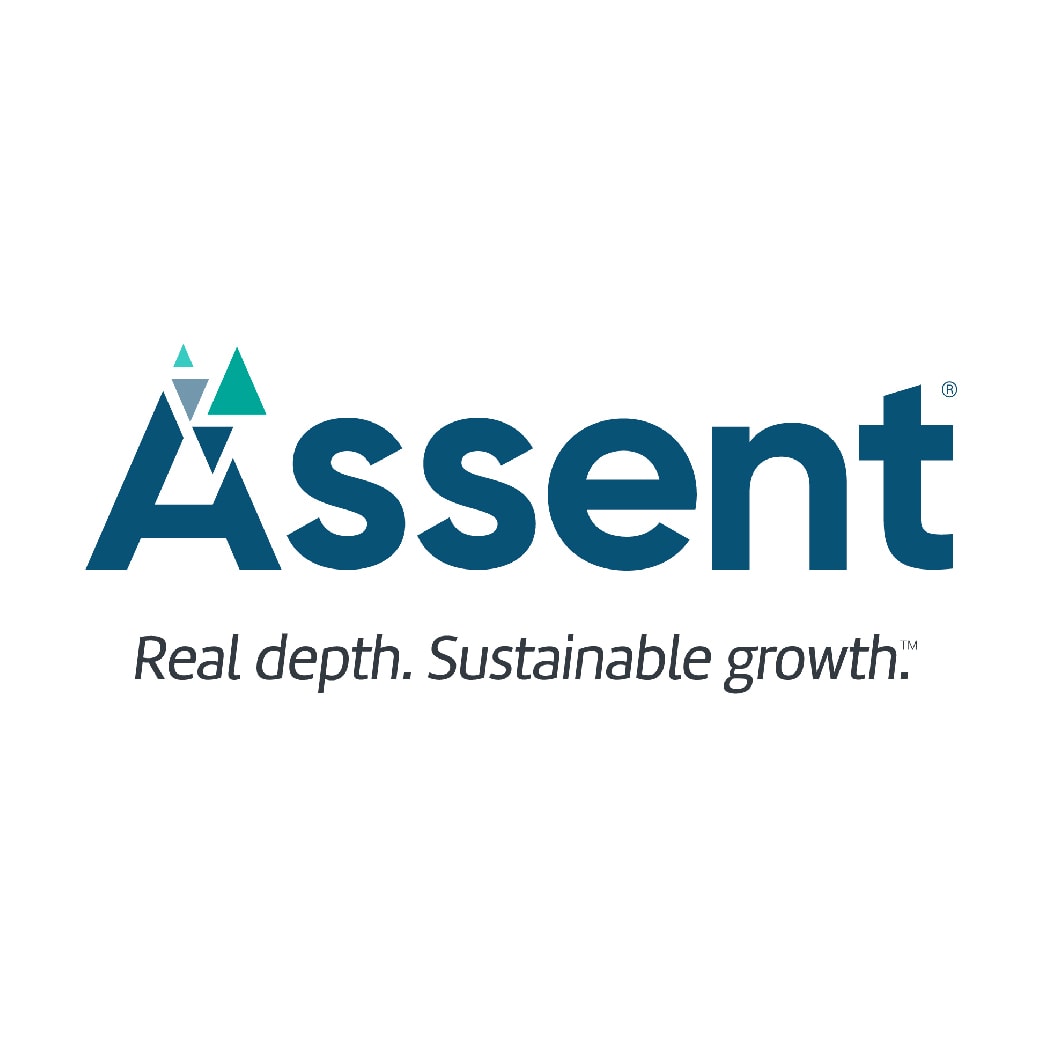Dive Brief:
- Unwieldy permitting is hampering efforts to meet the upcoming surge in U.S. energy demand, according to speakers at the 28th annual Congressional Renewable Energy and Energy Efficiency Expo and Policy Forum.
- As artificial intelligence drives a surge in data center energy demand, a mix of renewable energy and fossil fuels will be needed to meet the expected increase over the next five to ten years, according to speakers from industry associations, think tanks and national laboratories at July’s event.
- Participants said insufficient domestic manufacturing and inadequate transmission serve as barriers to meeting energy demand, as well as uncertainty around funding included in the Inflation Reduction Act.
Dive Insight:
U.S. power demand is expected to increase by 3.5% annually through 2040, driven by new industrial activity, data centers, hydrogen production and transportation, according to a January McKinsey report.
During a panel at last month’s expo, Patrick Hughes, the National Electrical Manufacturers Association’s senior vice president strategy, technical and industry affairs, said a NEMA study released in April projects that data center demand alone will double by 2030, with electric vehicles and electrification of homes and buildings also spiking up demand.
The urgency to meet the growing demand was a common theme at the July 24 congressional expo hosted in the Rayburn House Office Building in Washington, D.C.
“We don't have time to sit around,” said Shannon Bragg-Sitton, associate laboratory director for energy and environment science and technology at Idaho National Laboratory.
The laboratory has developed a tool for assessing which non-powered dams can be converted to generating electricity, which only 3% of dams do currently. Bragg-Sitton added that national laboratories like hers are eager to partner with industry on new technologies.
“We need to keep moving the technologies forward and get them out into the marketplace and remove barriers where we can,” she said.
Such barriers include a slow and burdensome permitting process, according to National Hydropower Association Director of Legislative Affairs Matthew Allen. Allen told attendees it takes longer to relicense an existing hydropower project than to obtain a license for a new nuclear project.
Industry experts differ in explaining why the permitting process can be so painstaking.
Lisa Epifani, head of policy at conservative clean energy organization ClearPath, said in a panel that legislation around permitting needs to be streamlined, because the National Environmental Policy Act duplicates provisions of the Clean Air Act and Clean Water Act.
However, Charles Bolden, senior director of congressional affairs for the Solar Energy Industries Association, said that while NEPA continues to be “one of the most controversial components” of the energy industry, understaffed agencies are also a cause of delays.
Multiple experts also pointed out that the slow permitting process applies to transmission lines as well, despite new transmission lines being essential for meeting energy demand, including Will Rogers, principal at Converge Strategies, a consulting firm that specializes in energy resilience and national security.
“We’ve got 1250 gigawatts of installed electricity but only 35 gigawatts of transfer capacity,” Rogers said. “That's just not tenable for the situation that we're looking at.”
Other obstacles for new energy projects included uncertainty around Inflation Reduction Act funding, several speakers noted. In addition to freezing funding related to the law earlier in the year, the recently passed Republican budget bill also included new phase out timelines and restrictions for some renewable energy tax credits. More recently, there are indications that a $7 billion solar program included in the IRA could be on the chopping block. Additionally, speakers said that some companies are struggling to obtain key parts, especially in the face of steep trade tariffs.
In the last year, 45 new facilities have opened for manufacturing renewable energy-related components, and another 188 are under construction or planned for development, according to John Hensley, senior vice president of markets and policy analysis at the American Clean Power Association. But with uncertainty around tariffs, “there's sort of a question of how much do the manufacturers want to invest in that space and be left holding a ton of capacity,” he said.
Speakers throughout the expo emphasized the need to plan for the energy future using every tool and energy source available. Speakers said that means including nuclear, wind, solar, hydrogen, geothermal, hydropower, and fossil fuels, along with energy efficiency improvements, new storage technologies and an improved grid that can orchestrate and handle the capacity.
“We as a country built 50 gigawatts of new power resources last year,” Hensley said.“We need to maintain that momentum and continue to add to it. And it has to come from an all-of-the-above strategy.”
Correction: A previous version of this story misdated NEMA's study, released in April, and provided an inaccurate description of its findings, which projected data center demand to double by 2030.










